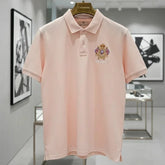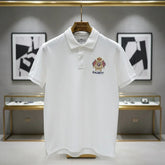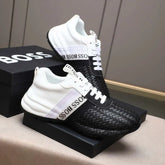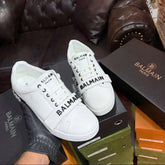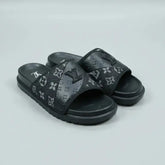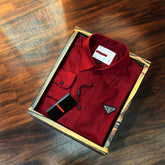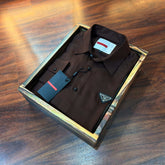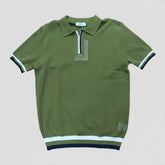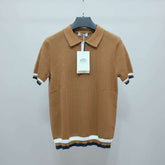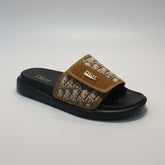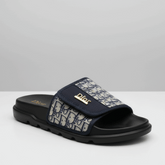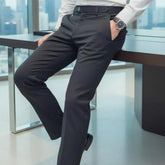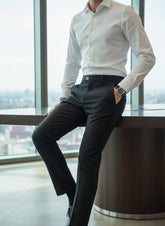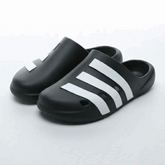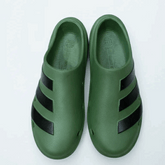How to Identify 1:1 Grade Shoes | Spot Real Premium Replica Sneakers
How to Identify 1:1 Grade Shoes: The Ultimate Guide to Spotting Premium Replica Quality
Introduction
The sneaker world is full of choices, and “1:1 grade” shoes have become a buzzword for sneaker lovers who want luxury looks without paying retail prices. But here’s the problem — not every pair labeled “1:1” lives up to that promise.
If you’re into quality and want to make sure you’re getting true 1:1 sneakers, this guide will show you exactly what to look for — from materials and logos to packaging and seller reputation.
1. What Does “1:1 Grade” Actually Mean?
“1:1” means the shoe is built to mirror the original design, materials, and craftsmanship as closely as possible. A true 1:1 pair can look and feel nearly identical to retail versions — often using the same molds and stitching patterns.
However, not every seller who says “1:1” is telling the truth. Many lower-tier replicas are just marketed as such. Always request detailed product photos or videos before buying.
2. Material Quality Check
The first sign of real 1:1 quality is in the materials:
-
Leather: Should be soft, flexible, and smell natural — not like plastic.
-
Mesh/Fabric: Should match the retail pair in color tone and feel.
-
Sole: Look for even glue lines, perfect texture, and firm grip.
Compare product images with official brand photos to confirm accuracy.
Pro Tip: On UniversesRaw, all materials are hand-checked to match 1:1 grade standards before listing.
3. Stitching and Build Quality
Stitching is a dead giveaway. Premium 1:1 sneakers have:
-
Even, tight stitching lines throughout.
-
No extra threads, glue marks, or uneven edges.
-
Reinforced heel and toe box detailing just like retail pairs.
Poor-quality replicas often miss these details — especially around the logo and sole joints.
4. Logo and Branding Accuracy
True 1:1 shoes nail the branding.
Compare:
-
Font and spacing on the logo.
-
Embossing and print quality on the tongue, heel, and insole.
-
Color tone of logos and tags.
If the text spacing is off or colors look slightly faded, that’s not real 1:1.
5. Packaging and Accessories
A major sign of real 1:1 production is premium packaging.
You should get:
-
Original-style box with matching barcode and print quality.
-
Dust bag or wrapping identical to retail packaging.
-
Branded paper and tags.
Lower replicas often use cheap boxes or mismatched tags.
(Image alt: “Authentic 1:1 sneaker packaging with dust bag and branded wrapping”)
6. Weight and Comfort Test
Real 1:1 sneakers feel balanced and comfortable. Cheap replicas feel too light or rigid.
If possible, compare with a real pair or check unboxing videos online to see how the shoes bend, flex, and sound when walked in.
7. Seller Reputation and Quality Check Photos
Before buying, verify your seller’s credibility:
-
Check for reviews, unboxing videos, and QC (quality check) photos.
-
Reliable sellers provide factory details and pre-shipping inspection photos.
-
Avoid sellers who can’t show proof or pressure for fast payment.
UniversesRaw ensures every shoe is personally quality-checked before shipment.
8. Price Check: Real vs Fake 1:1
If a deal looks too cheap, it’s not 1:1.
True 1:1 sneakers usually cost 8,000–20,000 BDT depending on factory and model. Ultra-cheap ones cut corners in material and finishing.
Conclusion
Spotting true 1:1 grade sneakers comes down to detail. From stitching to packaging, every small feature tells you whether it’s the real 1:1 experience or just another low-tier replica.
If you want verified premium 1:1 sneakers in Bangladesh, explore our collection at UniversesRaw.com. Every pair is inspected, tested, and guaranteed to match the original in quality and craftsmanship.
